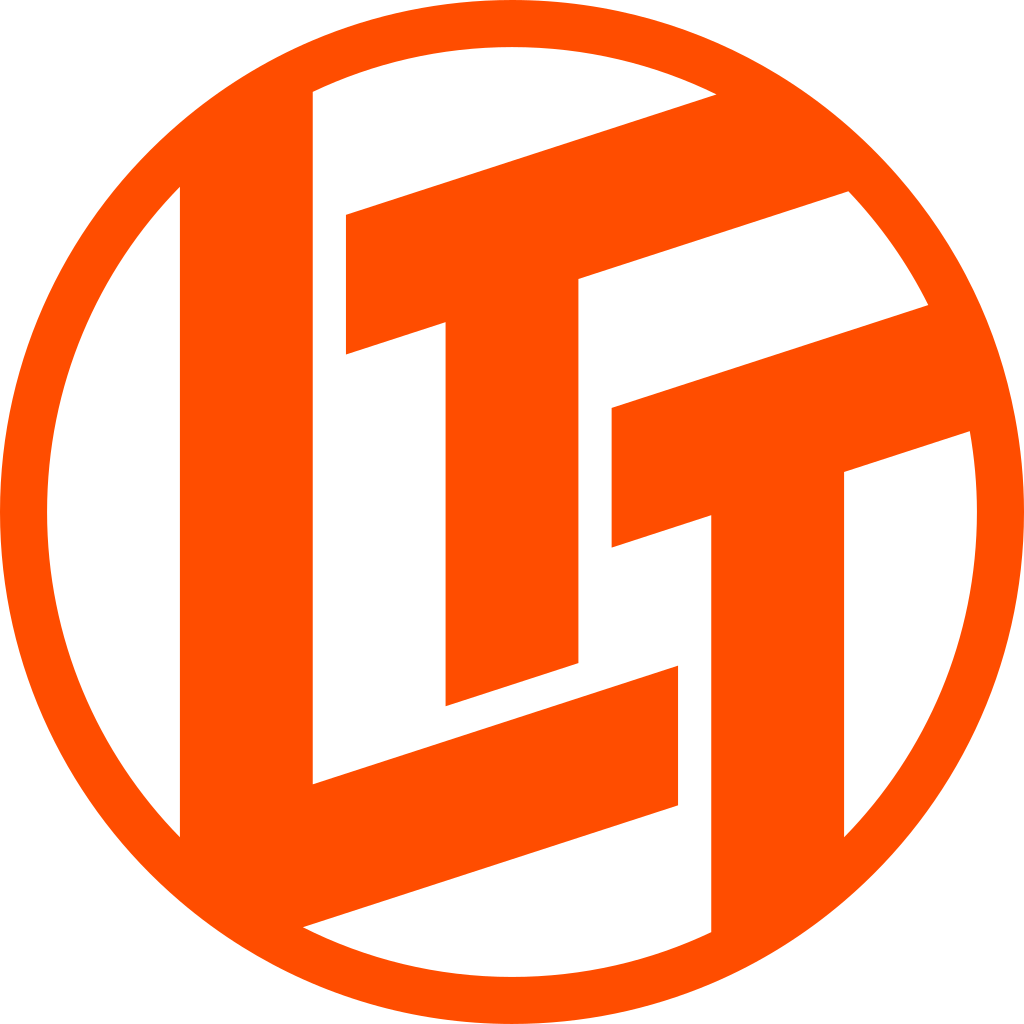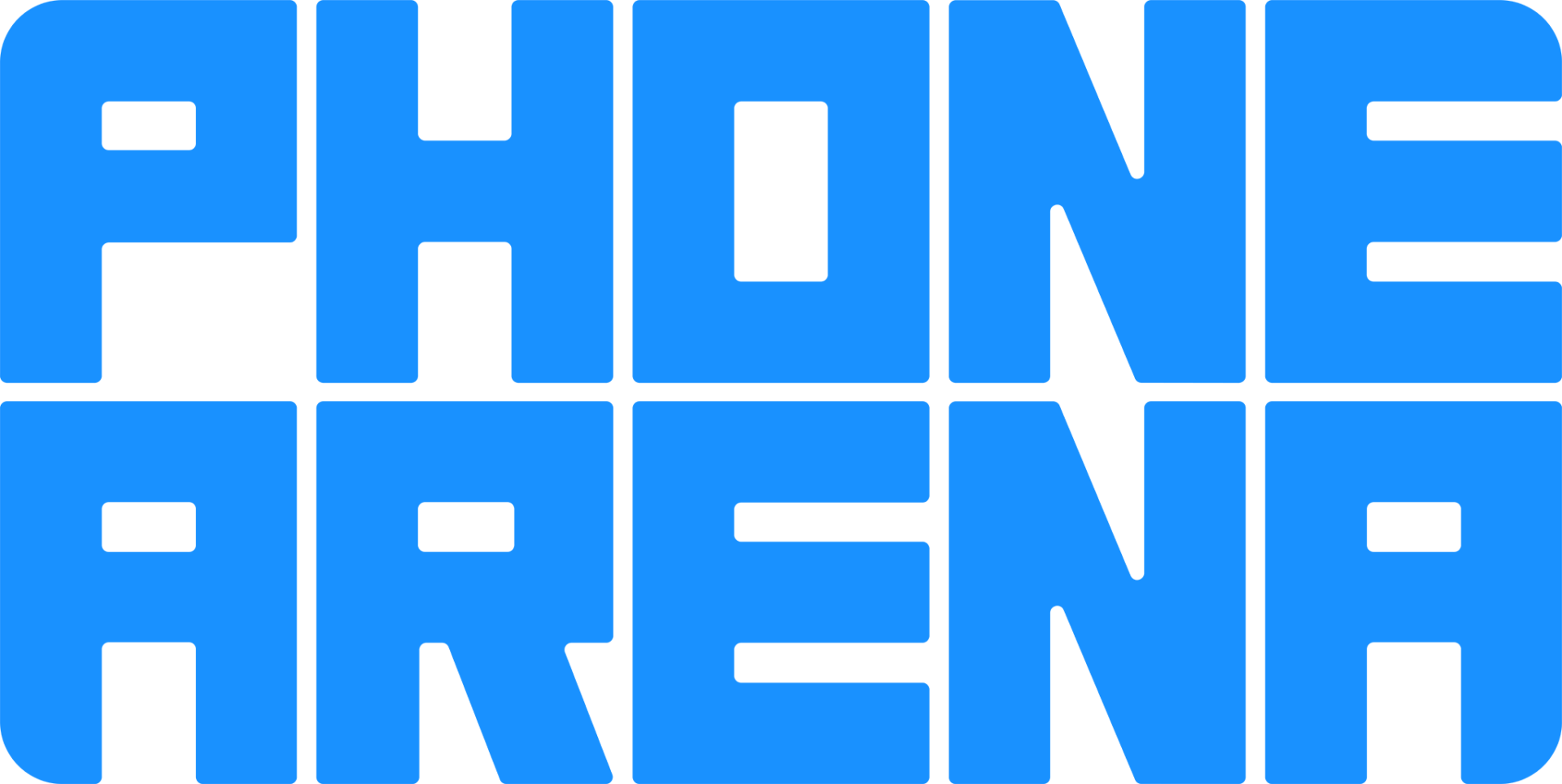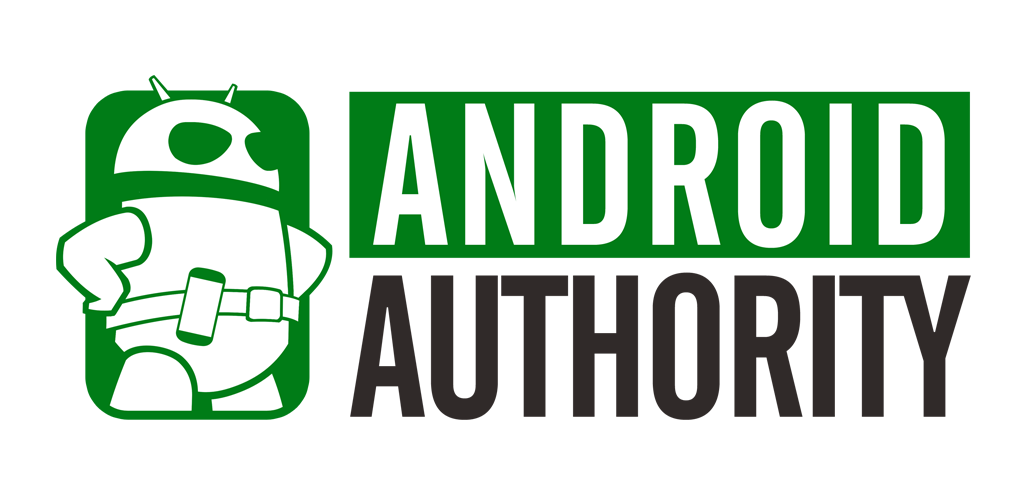A comparison of specs, key information, reviews, and best pricing from top retailers
Last updated -- hours ago | Report incorrect information
What we think

The PerfectRec TV team Learn more
Updated January 10, 2024·
The LG NANO75 is less expensive, making it a budget-friendly option if price is a main concern for you. It performs reasonably for sports content and has good visibility in bright rooms, but struggles with image quality in dark rooms. The Sony X90J is pricier, but offers better overall picture quality, superior performance for gaming and movies, and good handling of both dark and bright room conditions. However, the X90J may be excessive if you don't prioritize high image quality or advanced features like 120Hz refresh rate and Dolby Vision support. Give Feedback
this description is based on the product variant with some specs and product variant with some specs. At the time of writing, the variant with some specs cost some dollars and the variant with some specs cost some dollars.
Advantages of the LG NANO75 (LCD)
- Good reflections
Advantages of the Sony X90J (LCD)
- Good for bright room
- Good for dark room
- Very good for gaming
- Good for movies & TV
- Good for sports
- Very good for news, talk, & other TV
- Very good for cartoons & animation
- Good for use as monitor
- Best in class for upscaling
- Best in class motion processing
Key differences
Picture Quality
5.6


7.8
4.97/10
CONTRAST
7.63/10
5.8/10
COLOR VOLUME SCORE
7.4/10
LED
PANEL TYPE
LED FALD
IPS
PANEL SUB-TYPE
VA
The Sony X90J (LCD) has good picture quality, while the LG NANO75 (LCD) has poor picture quality.
Movies & TV
5.2


7.9
4.97/10
CONTRAST
7.63/10
5.0/10
BLACK UNIFORMITY
6.4/10
7.5/10
UPSCALING
10.0/10
Yes
HDR10 SUPPORT
Yes
No
HDR10+ SUPPORT
No
No
DOLBY VISION SUPPORT
Yes
The Sony X90J (LCD) is good for movies & TV, while the LG NANO75 (LCD) is poor.
The LG NANO75's lower contrast and lack of local dimming result in poorer black uniformity, which impacts dark scene performance, making it less suitable for movies and cinematic TV. Conversely, the Sony X90J features higher contrast, effective local dimming, and better black uniformity, which together provide a more immersive viewing experience for such content.
Gaming
5.7


8.2
6.1/10
RESPONSE TIME SCORE
8.0/10
10.0/10
INPUT LAG SCORE
7.0/10
7.5/10
MOTION PROCESSING
10.0/10
0.0/100
GAMING LOCAL DIMMING
80.0/100
5.7/10
GAME HDR BRIGHTNESS SCORE
8.2/10
The Sony X90J (LCD) is very good for gaming, while the LG NANO75 (LCD) is poor.
The LG NANO75 has a fair response time and the best input lag, suitable for casual gaming, but the Sony X90J offers very good response time and good input lag, making it more responsive and thus better for competitive gaming. Additionally, the X90J's higher refresh rate of 120Hz enhances motion clarity for fast-paced games compared to the NANO75's 60Hz.
Cartoons & Animation
5.9


8.3
6.5/10
COLOR GAMUT SCORE
7.0/10
5.8/10
COLOR VOLUME SCORE
7.4/10
5.8/10
SDR BRIGHTNESS SCORE
8.6/10
7.7/10
COLORS OUT OF THE BOX SCORE
9.0/10
6.0/10
GRAY UNIFORMITY
6.8/10
The Sony X90J (LCD) is very good for cartoons & animation, while the LG NANO75 (LCD) is poor.
The Sony X90J displays very good colors out of the box and has a higher contrast, which helps to produce vibrant and distinct colors when watching cartoons and animation. Meanwhile, the LG NANO75, with only fair performance for colors out of the box and lower contrast, may not render the colorful and high-contrast scenes typically found in animated content as well.
News, Talk, & Other TV
6.1


8.9
5.8/10
SDR BRIGHTNESS SCORE
8.6/10
7.5/10
UPSCALING
10.0/10
The Sony X90J (LCD) is very good for news, talk, & other TV, while the LG NANO75 (LCD) is only fair.
The Sony X90J performs better for news, talk shows, and other TV programs because it has superior upscaling quality and higher SDR brightness, making it ideal for boosting lower-resolution content and ensuring clear visibility in various lighting conditions. In contrast, the LG NANO75 offers lower performance in these aspects, which might result in less clear visuals for standard content, especially in well-lit environments.
Bright Room
5.8


7.6
6.8/10
VIEWING ANGLE
5.2/10
5.8/10
SDR BRIGHTNESS SCORE
8.6/10
5.5/10
HDR BRIGHTNESS SCORE
7.9/10
7.8/10
REFLECTIONS SCORE
5.9/10
The Sony X90J (LCD) is good for bright room, while the LG NANO75 (LCD) is poor.
The Sony X90J provides a better experience in bright rooms compared to the LG NANO75 due to its higher SDR and HDR brightness, which makes the picture pop more under bright conditions, along with a better local dimming feature that improves contrast. While the LG NANO75 handles reflections well, its lower brightness levels and lack of effective local dimming make it less suitable for well-lit environments, though it does offer a wide viewing angle which can be helpful in spreading light evenly across the screen.
Cost
$580


$800
$200
$400
$600
$800
$1,000
$1,200
The LG NANO75 (LCD) has a price of $580 and the Sony X90J (LCD) costs $800.

Let Us Help Find Your Perfect TV
Find your new TV
Key similarities
Sports
6.7


7.1
7.5/10
MOTION PROCESSING
10.0/10
60Hz
REFRESH RATE
120Hz
10.0/10
INPUT LAG SCORE
7.0/10
7.5/10
UPSCALING
10.0/10
5.8/10
SDR BRIGHTNESS SCORE
8.6/10
Yes
HLG SUPPORT
Yes
Although they have very similar scores, PerfectRec considers Sony X90J (LCD) to be good for sports, while the LG NANO75 (LCD) is only fair.
The Sony X90J is considered good for watching sports due to its very good response time and excellent motion processing, which help in reducing motion blur and enhancing the clarity of fast-moving scenes. On the other hand, the LG NANO75 is rated as fair as its response time and motion processing are not as highly evaluated, which can result in less fluid motion during fast-paced sports.
Give feedback
We’re constantly working to improve.
How the LG NANO75 (LCD) and the Sony X90J (LCD) compare to other TVs
Spec Comparison
| LG NANO75 (LCD) | Sony X90J (LCD) |
GENERAL | |||
|---|---|---|---|
| Price | |||
$580 | $800 | ||
Brand | |||
Brand | LG | Sony | |
Release Date | |||
Release Date | March 2, 2022 | April 1, 2021 | |
Full name | |||
Full name | 50NANO75 | XR-50X90J | |
Screen Size | |||
Screen Size | 50" | 50" | |
Screen Resolution | |||
Screen Resolution | 4K | 4K | |
TV FEATURES | |||
|---|---|---|---|
Operating System | |||
Operating System | webOS | Android TV | |
Sound Quality Score | |||
Sound Quality Score | 6.1/10 | 7.3/10 | |
NextGen Ready | |||
NextGen Ready | No | Yes | |
HDMI Ports | |||
HDMI Ports | 3 | 4 | |
Coax Ports | |||
Coax Ports | 1 | 1 | |
DISPLAY QUALITY SCORES | |||
|---|---|---|---|
Picture Quality Score | |||
Picture Quality Score | 5.7/10 | 7.8/10 | |
Bright Room Score | |||
Bright Room Score | 5.8/10 | 7.7/10 | |
Gaming Score | |||
Gaming Score | 5.7/10 | 8.2/10 | |
Movies & TV Score | |||
Movies & TV Score | 5.3/10 | 7.9/10 | |
Sports Score | |||
Sports Score | 6.7/10 | 7.1/10 | |
PHYSICAL | |||
|---|---|---|---|
Dimensions w/o Stand (H x W x D) | |||
Dimensions w/o Stand (H x W x D) | 25.6" x 44.1" x 2.3" | 25.5" x 44" x 2.7" | |
Dimensions with Stand (H x W) | |||
Dimensions with Stand (H x W) | 27.9" x 44.1" | 28.1" x 44" | |
Weight without Stand | |||
Weight without Stand | 26.9 lbs | 29.8 lbs | |
VESA Mount | |||
VESA Mount | 200 x 200 | 200 x 200 | |
DISPLAY | |||
|---|---|---|---|
Color Depth | |||
Color Depth | 10 bit | 10 bit | |
Black Frame Insertion | |||
Black Frame Insertion | No | Yes | |
Auto Low Latency Mode | |||
Auto Low Latency Mode | Yes | Yes | |
Contrast | |||
Contrast | 5/10 | 7.6/10 | |
Local Dimming | |||
Local Dimming | 2.5/10 | 8/10 | |
SOUND | |||
|---|---|---|---|
Speaker Setup | |||
Speaker Setup | 2.0 | 2.0 | |
Speaker Power | |||
Speaker Power | 20 W | 20 W | |
Dolby Atmos | |||
Dolby Atmos | Yes | Yes | |
DTS:X | |||
DTS:X | No | Up to DTS Digital Surround, Bypass only | |
Get a great deal on the LG NANO75 (LCD) or the Sony X90J (LCD)
About LG
LG, a prominent TV brand from Korea, has played a significant role in popularizing OLED TVs. OLED technology is hailed as the future of TV technology. Their TVs employ WebOS, a proprietary smart TV software that not only offers seamless functionality but also includes gaming-specific features, earning praise from players worldwide. Often regarded as the gateway to unparalleled viewing experiences, LG's mid-range OLEDs come highly recommended, making them a worthwhile investment for those willing to stretch their budget for superior quality.
About Sony
Sony stands as a highly experienced and widely trusted TV manufacturer, earning a reputation that surpasses all others. A Japanese company, Sony has been making TVs for far longs than it has been making Playstation game consoles. Sony's high-end TVs are often regarded as the ultimate choice for videophiles, representing the epitome of quality, albeit at a premium price point. Renowned for their advanced and precise motion handling, as well as their cutting-edge local dimming algorithms, Sony consistently delivers unparalleled performance in these areas. They include Google TV software with all their TV sets, which grants access to the largest selection of apps available and they also include Bravia Core which is a movie streaming platform specifically for Sony TVs that offers higher picture quality by using more bandwidth.
Give feedback
We're constantly perfecting our model
TV guides you might be interested in
More comparisons for you
FAQs
FAQs about TVs
Why trust us
This information was produced and vetted by the PerfectRec TVs team. We are a product research and recommendation organization that meticulously reviews and evaluates the latest TV information and makes it digestible for you.
By the numbers
385
TVs evaluated
33,110
TVs stats compiled
21
Proprietary TVs ratings developed
129,330
Recommendations made
19,400
Consumer hours saved
About the TV team
Joe Golden, Ph.D
CEO and TVs Editor
Joe is an entrepreneur and lifelong electronics enthusiast with a Ph.D in Economics from the University of Michigan.
Jason Lew
Staff Expert & Software Engineer
Jason is a staff expert and software engineer that has been making laptop recommendations for 7 years and moderates one of the largest laptop subreddits.
Chandradeep Chowdhury
Staff Expert & Software Engineer
Chandradeep is a staff expert and software engineer and expert in televisions and monitors. He’s been making monitor recommendations for ten years.
Jaime Roldán
TVs Expert
Jaime is a Colombia-based TV expert. He is an electronics engineer with 8 years of experience in the telecom sector and has been making TV recommendations for 12 years.







